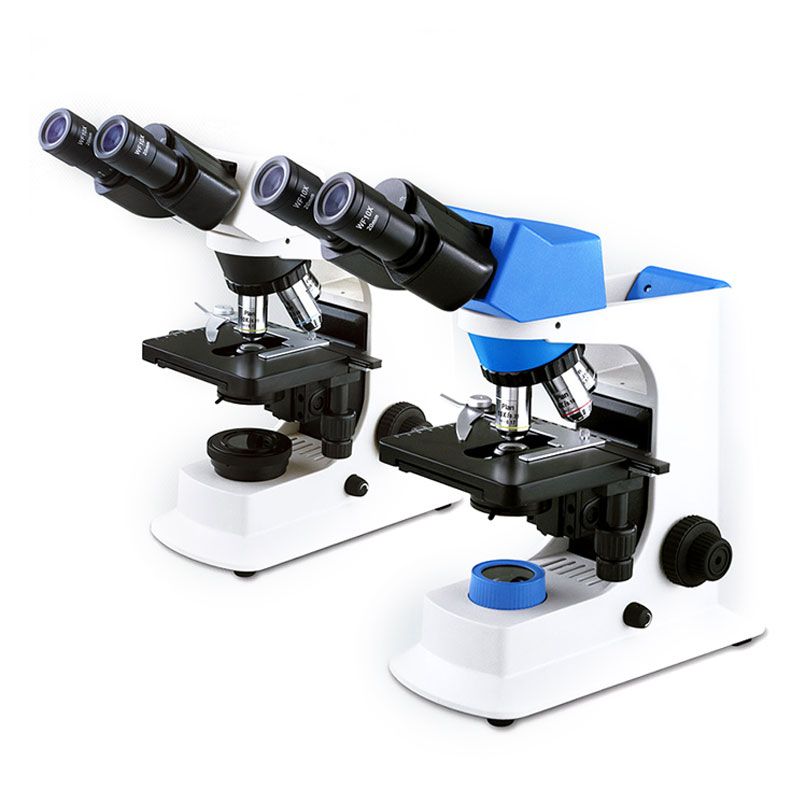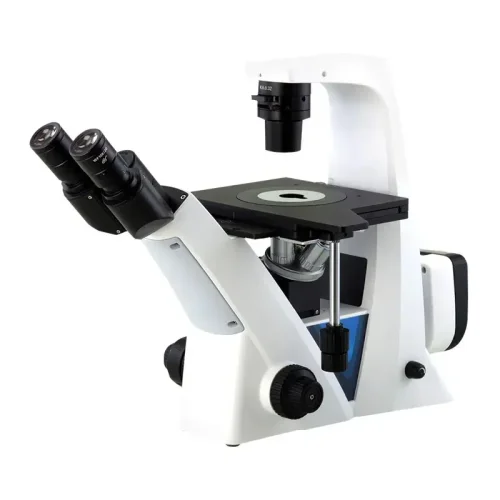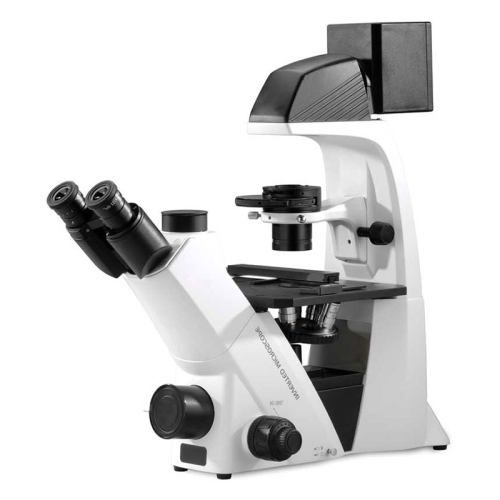Biological microscopes are fundamental tools in the exploration of the microscopic world, serving as gateways to understanding life at its most intricate levels. From revealing the hidden structures of cells to identifying microbial communities, these instruments are indispensable in both educational and scientific endeavors. However, the diverse range of available models can make choosing the right microscope a challenging task. This article aims to simplify that process by guiding consumers through the key considerations and features, ensuring they select a biological microscope perfectly suited for their specific classroom or research lab requirements.

Understanding Your Needs: Classroom vs. Research Labs
The journey to selecting the ideal biological microscope begins with a clear understanding of its intended application. The demands of a bustling high school biology classroom differ significantly from those of a cutting-edge research facility.
Microscopes for Educational Settings
Microscopes in educational settings primarily cater to biology students, ranging from middle school to undergraduate levels. The objective here is to introduce foundational microscopic concepts, foster observational skills, and facilitate a basic understanding of biological structures.
Key Considerations
- Ease of use: Allowing students to quickly grasp operation without extensive training.
- Cost-effectiveness: Budget-friendly models without compromising essential features.
- Appropriate magnification range: Typically up to 1000x, is sufficient for observing most common biological specimens like plant cells, blood smears, and pond water organisms.
- Durability: Microscopes for students need to withstand frequent handling and occasional mishandling. Rugged designs ensure minimal downtime and a consistent learning experience for all students.
Recommended Features/Types
| Feature | Details |
| Optical System | Basic magnification levels (40x–400x). |
| Illumination | LED light for consistent brightness. |
| Head Type | Monocular or binocular for comfort. |
| Portability | Lightweight for easy transport. |
Choosing a microscope for educational purposes is about providing a robust, user-friendly tool that facilitates learning and exploration without unnecessary complexity or exorbitant costs. The focus remains on fundamental observation and fostering a lifelong interest in science.
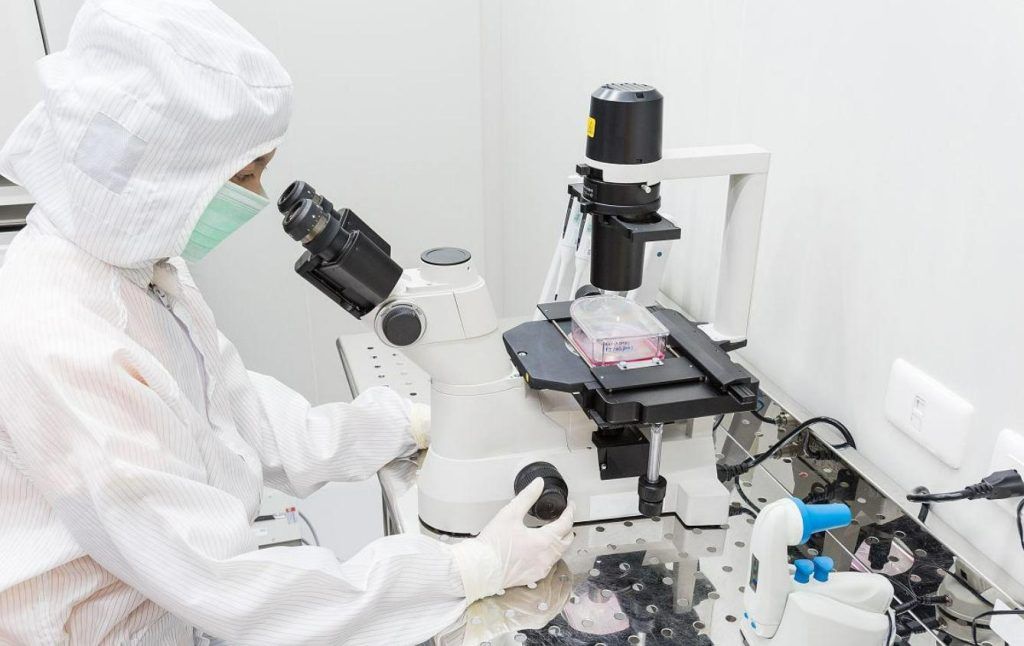
Microscopes for Research Labs
Research labs require microscopes for professionals, including university researchers, graduate students, and specialized scientists in fields like cell biology, pathology, and soil biology.
Key Considerations
- Precision: The primary considerations for research-grade microscopes are high optical quality, superior resolution, and the versatility to handle diverse, often highly specialized applications.
- Compatibility: Expandable systems for cameras or advanced imaging.
- Specialization: Features tailored to specific research needs and the potential for future upgrades.
- Ergonomic Design: Researchers frequently spend long hours at the microscope, making ergonomics a critical factor for comfort and efficiency.
Recommended Features/Types
| Feature | Details |
| Optical System | Plan or semi-plan objectives for clarity. |
| Illumination | Adjustable halogen or LED systems. |
| Head Type | Trinocular for camera compatibility. |
| Stage | Mechanical stage for precise sample movement. |
For research applications, a biological microscope is more than just a viewing tool; it’s an integral part of the experimental setup, designed for precision, versatility, and the production of reliable, high-quality data.
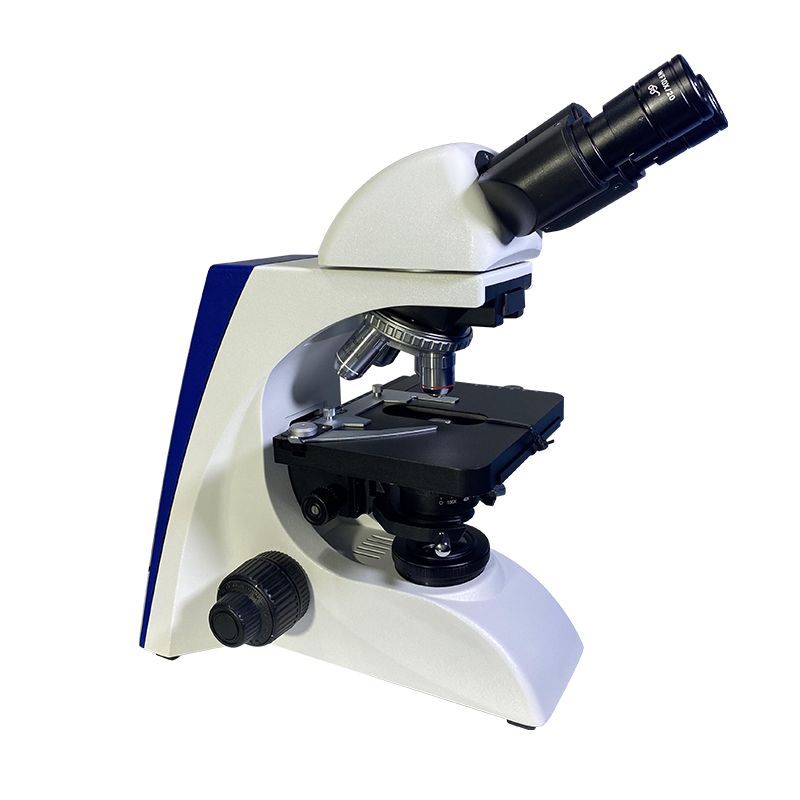 BK5000 Binocular
BK5000 Binocular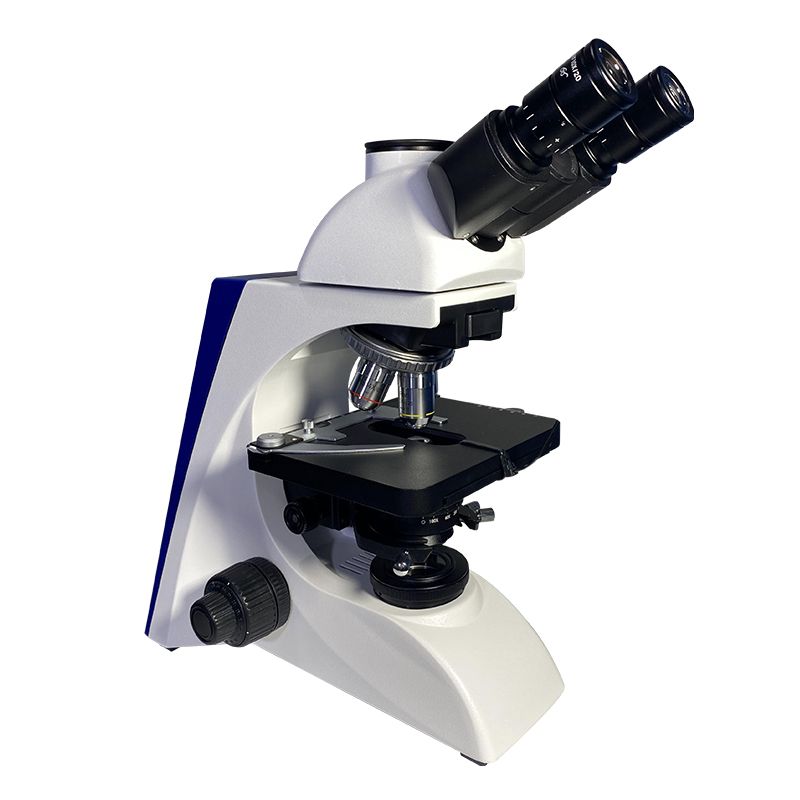 BK5000TR Trinocular
BK5000TR Trinocular
Key Features to Consider When Choosing Any Biological Microscope
Regardless of whether the microscope is destined for a classroom or a research lab, certain fundamental features dictate its overall performance and suitability. Understanding these components is critical for making an informed purchase decision.
Essential Features to Consider
| Feature | Description | Recommendations |
| Optical System | Comprises objectives and eyepieces, the core components determining image quality and clarity. | Use Plan Achromatic objectives for a flat field of view; choose Apochromatic objectives for the highest image resolution. |
| Magnification | Total magnification = Objective magnification × Eyepiece magnification (e.g., 10x eyepiece × 40x objective = 400x total magnification). | Avoid “empty magnification”; focus on resolution and numerical aperture (NA). |
| Numerical Aperture (NA) | Determines the ability to gather light and resolve details. Higher NA results in better resolution and brightness. | Opt for objectives with higher NA for enhanced image detail, e.g., 0.65 NA for 40x objectives. |
| Field of View (FOV) | Refers to the circular area visible through the eyepieces. Inversely proportional to magnification. | Select objectives balancing FOV and magnification for your application. |
| Illumination | Provides the light source for specimen observation. | Prefer LED illumination for durability and consistent light; use halogen for specific research needing brighter light. |
| Illumination Techniques | Techniques like brightfield, darkfield, phase contrast, and fluorescence allow different observation modes. | Use brightfield for general applications, darkfield for transparent organisms, and fluorescence for molecular studies. |
| Head Type | Determines how specimens are viewed and imaged. | Monocular for basic use; binocular for reduced eye strain; trinocular for camera compatibility. |
| Focusing Mechanism | Controls image sharpness through coarse and fine adjustments. | Choose systems with coarse and fine focus, with tension adjustment to avoid accidental shifts. |
| Stage | Platform holding the specimen slide; facilitates precise movement during observation. | Use a mechanical stage for controlled X-Y movement; ensure sturdy specimen holders for slide stability. |
| Build Quality | Reflects the durability and stability of the microscope. | Opt for all-metal construction for longevity; prioritize ergonomic features like inclined heads and adjustable eyepieces for user comfort during extended use. |
| Accessories & Expandability | Enhances the microscope’s functionality for specific needs, such as imaging or contrast enhancement. | Check compatibility with cameras, filters, and advanced objectives; ensure future upgrades are feasible. |

Where to buy a Biological Microscope
The market for biological microscopes is diverse, offering a range of options from basic student models to highly specialized research instruments. When making your purchase, it’s essential to consider reputable manufacturers and suppliers who can provide quality products, reliable support, and comprehensive warranties.
We encourage you to explore the extensive selection of Biological Microscopes from Scopelab. Scopelab offers a wide range of lab-quality microscopes tailored to various needs:
- Innovative Features: Options include trinocular biological microscopes and integrated cameras for advanced applications.
- Reliable Support: Comprehensive customer support and warranty services ensure peace of mind.
- Competitive Pricing: Balancing high quality with affordability.
Explore Scopelab’s range of biological microscopes to find the perfect fit for your educational or research needs. Visit our website or consult our experts for personalized recommendations.
